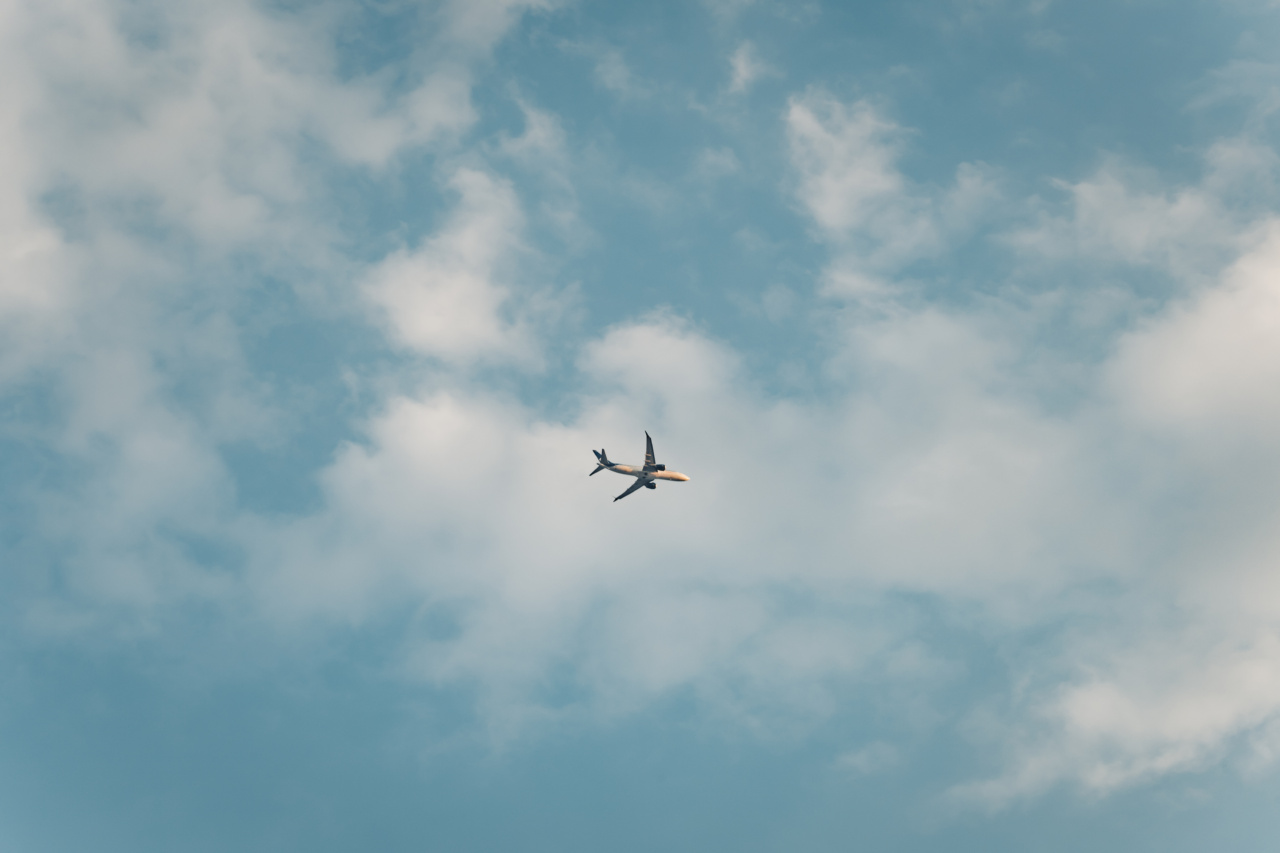When it comes to injuries, an eyeball in flight is one of the most serious and worrying. The human eye is a delicate and complex organ, and any trauma to it can have potentially life-altering consequences.
What happens when an eyeball is hit?
When an eyeball is hit, several things can happen. The eye may become bruised, which can cause swelling and discoloration. The bruising can be on the surface of the eye, or it can be deeper inside the eye.
A bruised eye can be painful and uncomfortable, and it can affect vision.
In some cases, the eye may also bleed. This can happen when small blood vessels around the eye are ruptured. The blood can pool in the eye, causing further swelling and discomfort.
A bleeding eye can also be a sign of a more serious injury, such as a ruptured eyeball.
If the eye is hit hard enough, it can be pushed out of its socket. This is known as a dislocated eye, and it can be incredibly painful.
A dislocated eye can also cause severe damage to the eye and the surrounding area, such as the eyelids and the muscles that control eye movement.
What are the long-term consequences?
If an eyeball is hit, the long-term consequences can be severe. If the injury is not properly treated, it can result in permanent vision loss.
Even if vision is not lost, the injury can affect how the eye functions, such as the ability to see in low light or the ability to focus properly. The injury can also cause chronic pain and discomfort.
In cases where the eye is pushed out of its socket, the long-term consequences can be even more severe. A dislocated eye can cause damage to the optic nerve, which carries visual signals from the eye to the brain.
Damage to the optic nerve can result in permanent vision loss.
What are the treatment options?
The treatment options for an eyeball in flight depend on the severity of the injury. If the injury is minor, such as a bruised or swollen eye, the treatment may involve ice packs, pain medication, and rest.
If the injury is more severe, such as a dislocated eye, emergency medical attention is necessary. In this case, the eye may need to be manually replaced in its socket, and surgery may be required to repair any damage to the eye or the surrounding area.
After the initial treatment, the patient may need to see an eye doctor or ophthalmologist for follow-up care.
This may involve eye drops or other medication to manage pain and inflammation, as well as regular checkups to monitor the progress of the healing process. In some cases, the patient may need to undergo physical therapy or other rehabilitation to regain full use of the eye.
How can these injuries be prevented?
The best way to prevent an eyeball in flight is to take precautions to protect the eyes. This may include wearing safety glasses or goggles when working with tools or machinery, or playing sports that involve flying objects (such as baseball or hockey).
It is also important to be aware of the risk of eye injuries in certain situations, such as when using chemicals or cleaning products that can splash or spray into the eyes.
If an injury does occur, it is important to seek medical attention right away. Even a seemingly minor injury can have serious long-term consequences if left untreated.
With prompt and proper treatment, however, many eye injuries can be successfully treated, and the patient can regain full use of their eye.































